Picture this: You wake up in the middle of the night with a burning sensation in your skin. You turn on the lights and try to locate the source of this feeling, and you see a festering ulcer on your leg. Then you realize there‘s a parasite under your skin using your body as a womb for it‘s offsprings. If that‘s not scary enough, there‘s also a parasitic worm that can slowly move around across your eyeball, which you can feel. Sounds like something out of a horror film, right? Well, these and many more nightmarish parasites are very much a reality.
There are loads of parasites in most living matter around us, but the majority of them don‘t infest humans and focus more on livestock and our pets. But there are some that like to live inside our skin, stomachs, eyes or even brains. Some use us as merely vessels, but others can even kill us. They lurk in contaminated soil, water or even in our pets.
We made this list as a homage to Halloween and the new horror novel ‘The Troop’ (which is both topical and gruesome) by Nick Cutter. Here are the top ten most horrific parasites that can infect humans.
10. Dicrocoelium Dendriticum
While Dicrocoelium Dendriticum, also knows as Lancet Liver Fluke, prefers settling into the stomach of a cow or another animal out for a late night graze, this parasite is also known to sometimes infect humans too. The initial host of this parasite is an ant, and they are the primary way one gets infected with this parasite, but it‘s also possible to get it from contaminated water. Once contracted, it settles in the bile duct and only causes mild symptoms such as bowel disturbances. However, there are possible more serious cases. Dicrocoelium Dendriticum can potentially cause swelling of the tissue in the bile duct, which causes enlargement and inflammation of the liver. Fortunately, Dicrocoelium Dendriticum is not very common.
9. Giardia Intestinalis
This nasty parasite can be found all around the globe and is considered one of the most common parasites in humans. Giardia Intestinalis is transmitted by tiny microbial cysts found in stagnant unclean water, contaminated food or faeces. Your pet dog, cat or bird can carry this parasite. Once you get infected, this parasite can cause a whole lot of symptoms. They range from not that scary bloating, fatigue, loss of appetite, but can make your life a living hell with noxious, uncontrollable gas (which might cause anyone near you to throw up), rampant diarrhea and vomiting which both might contain blood and pus. The good part is that this parasite leaves a healthy organism after a couple of weeks. The bad part is that it can be dormant inside you right now, since it‘s symptomatic in only 50% cases.
8. Tunga Penetrans
This tropical ectoparasite has many names: Tunga Penetrans, Chigoe, The Sand Flea or Jiggers. This bug makes your feet its host to birth it spawns. The male fleas feed on the potential host‘s blood, then the female flea goes inside the bottom of the foot, leaving her feet and reproductive organs exposed. Soon after that, black blisters start to form as the female prepares to lay eggs. The eggs hatch after a few weeks and the female dies. While the offsprings leave the foot, if the mother‘s remains don‘t fall out or aren‘t removed, they might cause loss of toes and gangrene.
7. Toxoplasma Gondii
Toxoplasma Gondii shares something with many people around the world – it loves cats. Even though the it is regarded as a feline parasite, it can infect humans quite easily. Through eatining undercooked meat, improperly washed fruit or vegetables, or by contact with a cat, up to a third of world‘s population was exposed to this parasite. When it infects rodents, it‘s almost like it installs a self-destruct mechanism, which causes rodents to seek out cats. Cats, of course, kill these rodents with ease and get exposed to the parasite. Then the human owners can get exposed to it by cleaning up the rodent – digested and left in the litterbox, or the carcass. Most dangerous to pregnant women, since it can harm the unborn child, generally Toxoplasma Gondii only causes Flu-like symtoms, but researchers find links between this parasite and schizophrenia.
6. Dermatobia Hominis
The tropical parasite Dermatobia Hominis, also known as the human Botfly is another tropical parasite. The Botfly lays eggs in insects that feed on human blood such as mosquitoes or ticks. When these insects draw blood from a human, they leave a mass of tiny larvae that burrow into a host‘s skin. Once they get warm and cozy inside the body, they incubate for up to ten weeks, breathing through the hole in the host‘s skin they left burrowing in. The host can feel the larvae moving inside them. If they mature, they will eventually exit the body, but if it they don‘t, the affected area can get infected, requiring a surgery to remove these pesky parasites.
5. Dracunculiasis Medinensis
This infamous parasite is better known as the Guinea Worm. It cans stay dormant inside the host causing no symptoms for over a year, mating inside the stomach. One day a sharp burning pain and formation of blisters begin. In this stage, the host suffers burning pain, fever, nausea and rashes. But the worm is only migrating. Once the blisters pop, the female Dracunculiasis Medinensis uses them to break the skin and release its larvae to repeat the evolution. The only way to remove this worm is a tedious process of wrapping it around a stick, and if it fails, the worm dies inside the host‘s body and causes arthritis, abscess and even paralysis. And all this just for drinking unclean water infected with fleas that contained Guinea Worm larvae.
4. Loa Loa
You thought getting a little bug in your eye was bad? Well how about a worm inside your eyeball that you can feel crawiling! Loa Loa is just that. It can be contracted through a bite of certain type of flies. The parasite moves from the initial site of fly bite, leaving swelling and ulcers on the skin until it reaches the eyes. It takes 15 minutes for the worm to crawl from one side of the eye to the other. Fortunately, this nightmare can be cured quite easily with a minor surgery or with antibiotics clearing up the infection. However, an untreated worm can live up to 17 years inside a human body.
3. Filariasis
Filiarisis is caused by different types of Filial Worm and comes with a package of serious diseases. It‘s spread through mosquito or black fly bites. Once in host‘s body, these worms can cause river blindness, which, well, makes you blind, and the famous elephantiasis. It‘s suspected that over 120 million people are infected with Filial Worm that can cause elephantiasis, but the majority of them are asymptomatic. For the unlucky ones with elephantiasis, it causes extreme swelling, which thickens the skin, most often in legs and arms. Usually it also comes to pain, which, coupled with swollen limbs, makes life extremely difficult. Elephantiasis accounts for around 40 million disfigurements and incapacitations globally, which arguably makes it an epidemic.
2. Vandellia Cirrhosa
Vandellia Cirrhosa is a tiny catfish. Living in the Amazon, this fish preys on larger fish by attaching itself to them and drinking their blood like an underwater vampire. This fish hunts with it‘s sense of smell. It‘s attracted to the smell of ammonia that‘s secreted by larger fish. It then attaches its razor sharp spine into the gills to feed. When humans urinate, they also release ammonia. This will make you think twice before you decide to relieve yourself while swimming in the Amazon. Vandellia Cirrhosa swimming inside your urethra and attaching itself inside you to drink your blood is hardly worth that convenience. The surgery required to remove this parasite is extremely painful, invasive and, well, humbling.
1. Naegleria Fowleri
Even though this parasite is quite new Naegleria Fowleri is, in fact, one of the deadliest parasites on the planet. This literally brain eating amoeba causes Primary Amoebic Meningoencephalitis. It lives in water and enters the body through the nose. Within a week inside the host, it begins eating brain tissue, causing symptoms like fever, nausea, vomiting and even hallucinations. That quickly leads to seizures, respiratory failures and the mass destruction of brain cells which ends in death. This terrifying parasite has a mortality rate of 95% and has caused deaths in all kinds of demographics all across the globe. The only comfort is that Primary Amoebic Meningoencephalitis is rare and Naegleria Fowleri is not that common.

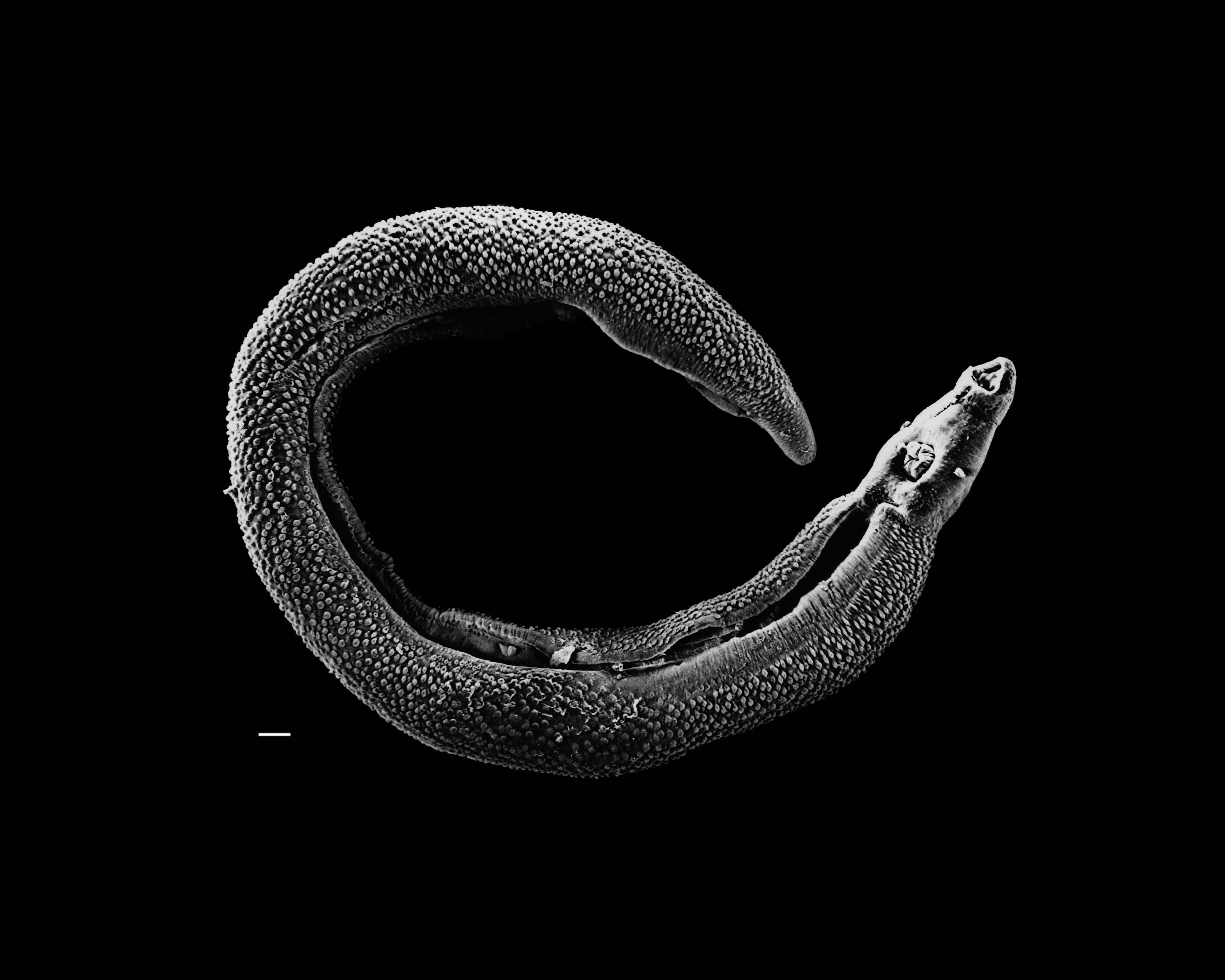
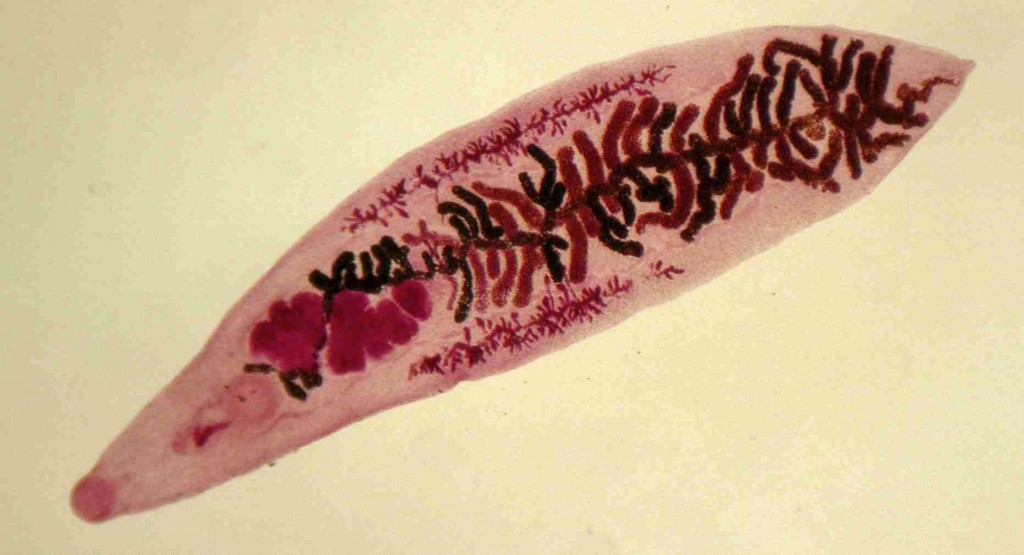
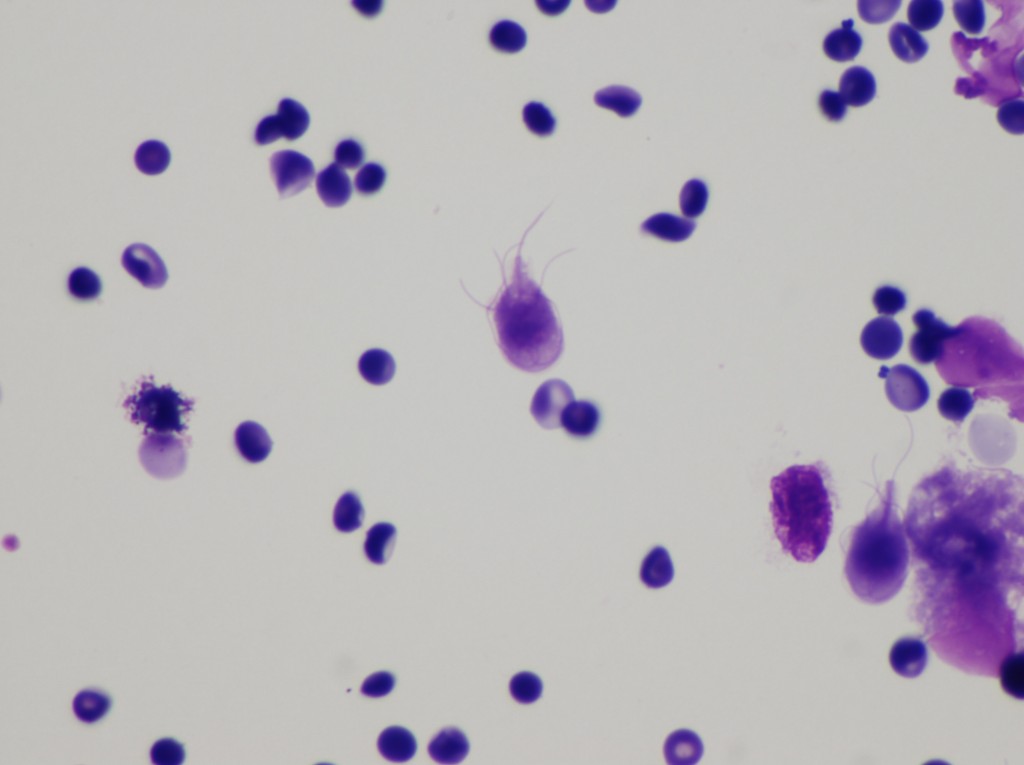
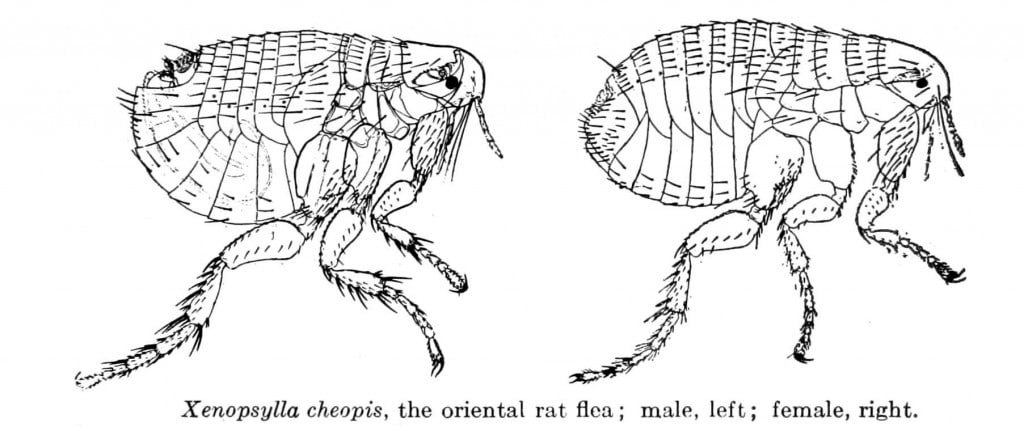
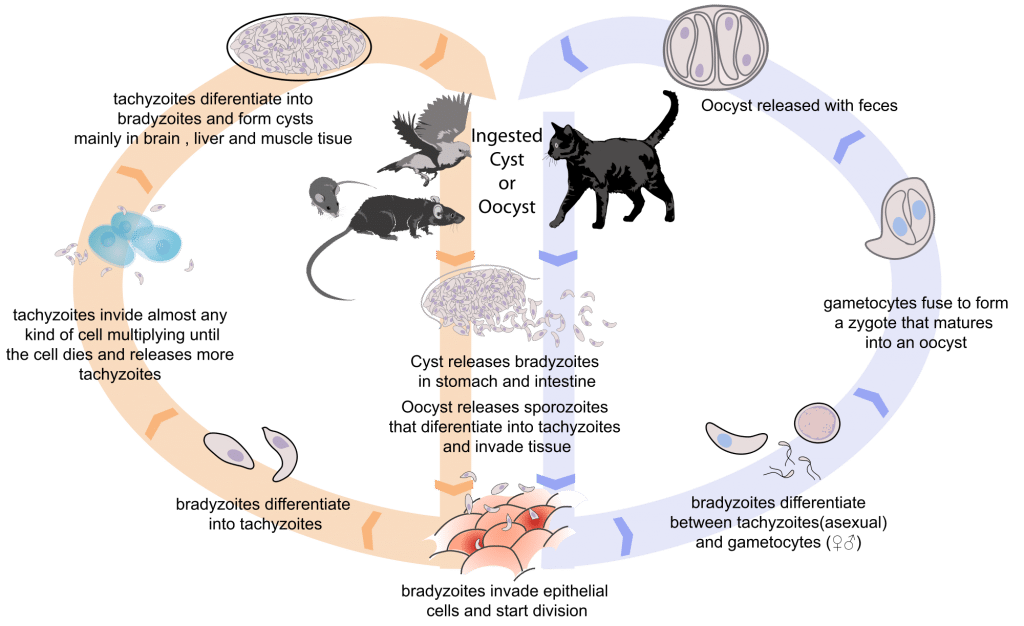
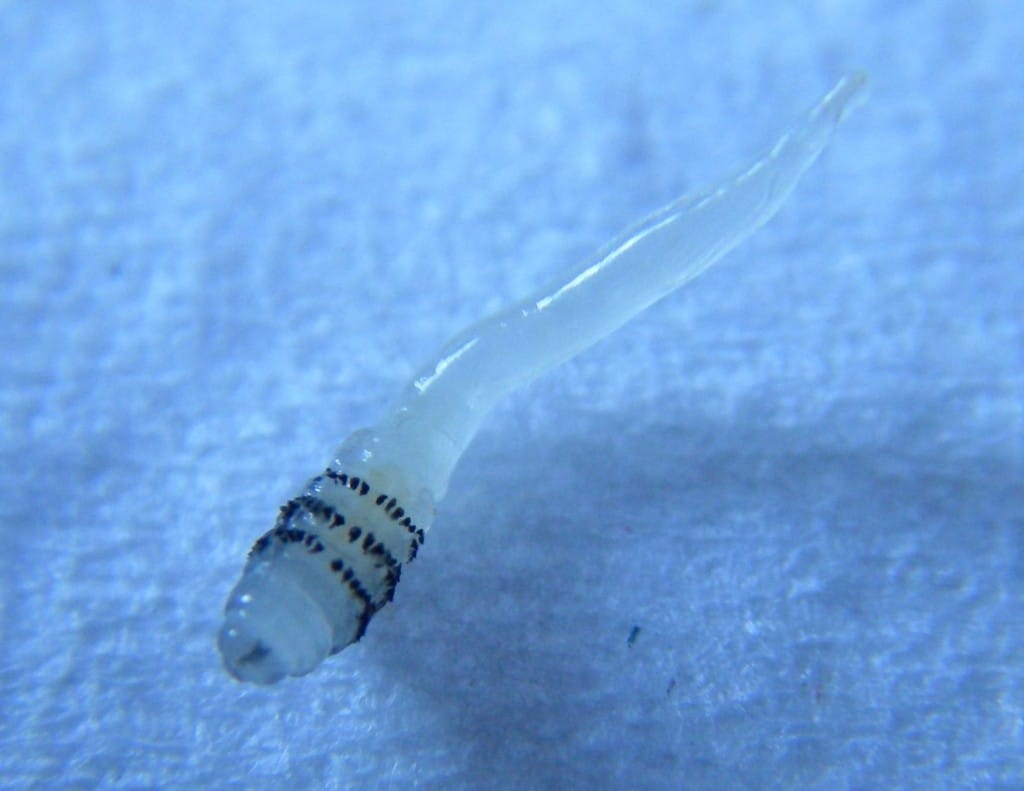

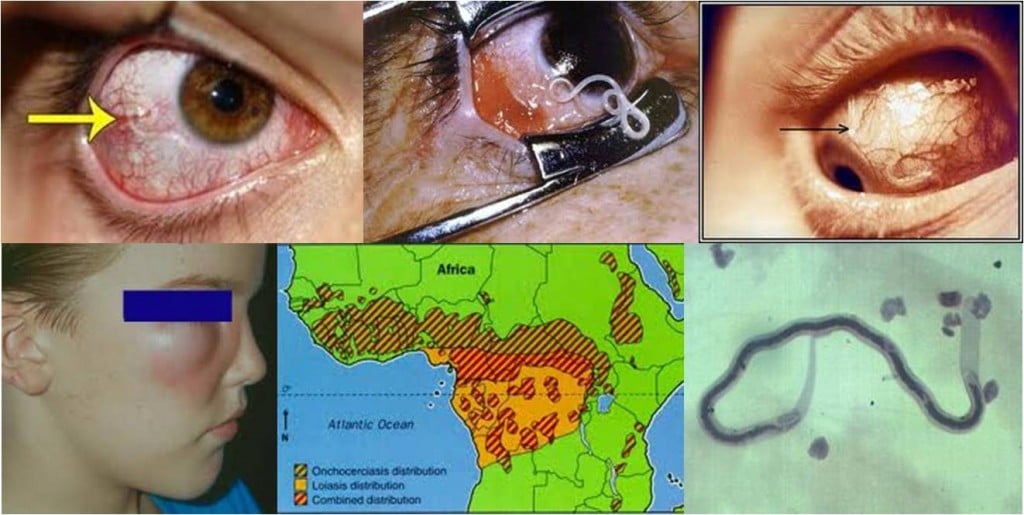

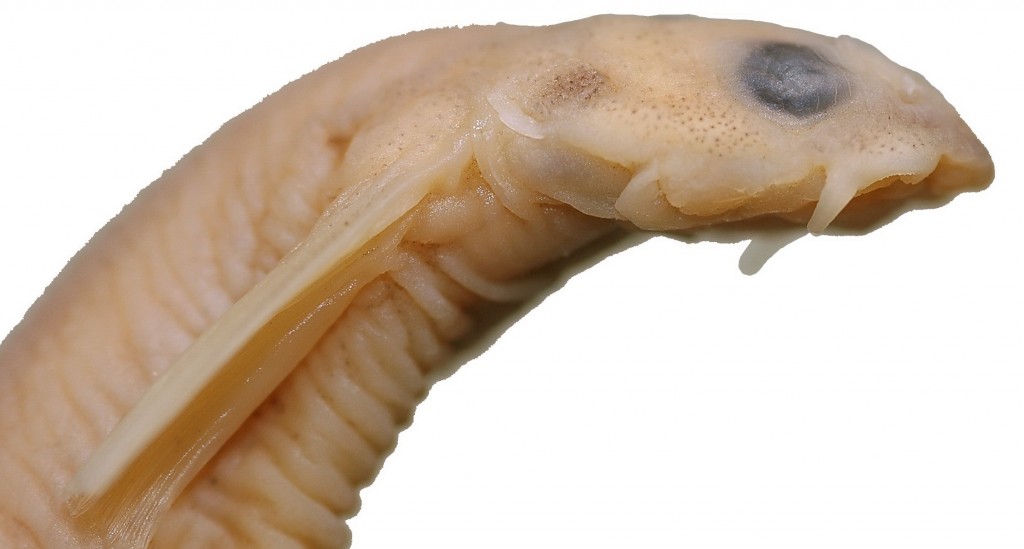
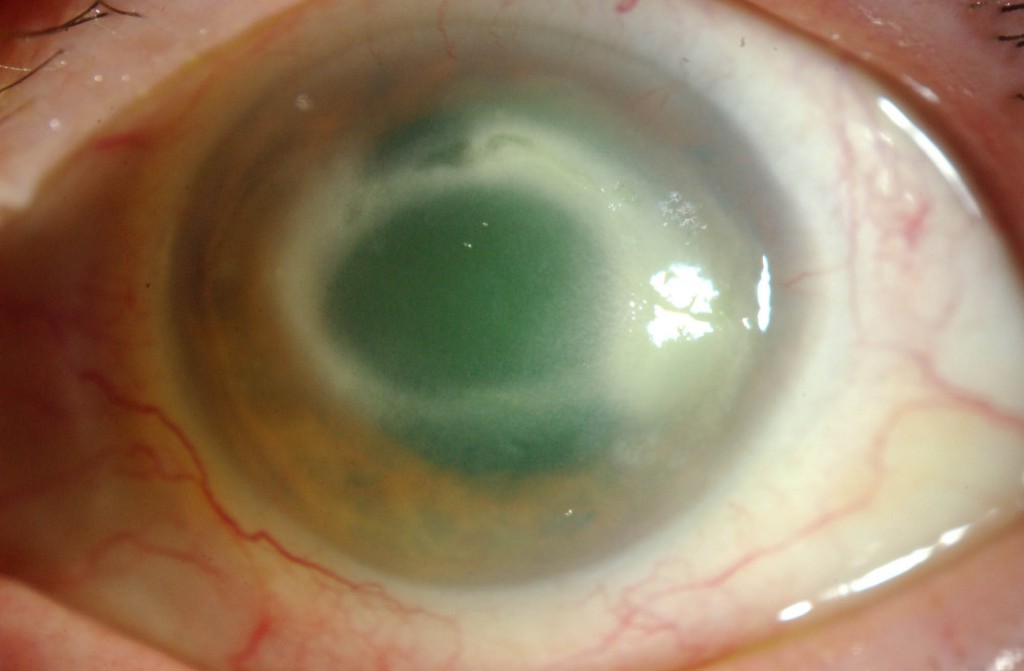



Leave a Comment